- Home
- Poul Anderson
The Van Rijn Method
The Van Rijn Method Read online
The Van Rijn Method
by
Poul Anderson
Table of Contents
THE VAN RIJN METHOD
Poul Anderson
This is a work of fiction. All the characters and events portrayed in this
book are fictional, and any resemblance to real people or incidents is purely coincidental.
"Introduction" copyright © by Hank Davis; "A Chronology of Technic Civilization" by Sandra Miesel, copyright 2008 by Sandra Miesel.
A Baen Book
Baen Publishing Enterprises
P.O. Box 1403
Riverdale, NY 10471
www.baen.com
ISBN 10: 1-4165-5569-2
ISBN 13: 978-1-4165-5569-8
Cover art by David Seeley
First Baen printing, September 2008
Distributed by Simon & Schuster
1230 Avenue of the Americas
New York, NY 10020
Library of Congress Cataloging-in-Publication Data
Anderson, Poul, 1926-2001.
The Van Rijn method / by Poul Anderson.
p. cm.
ISBN-13: 978-1-4165-5569-8 (hc)
ISBN-10: 1-4165-5569-2 (hc)
1. Life on other planets—Fiction. 2. Human-alien
encounters—Fiction. 3. Interplanetary voyages—Fiction.
I. Title.
PS3551.N378V36 2008
813'.54—dc22
2008020726
Printed in the United States of America
Acknowledgments
"The Saturn Game," first published in Analog, February, 1981. Copyright 1981 by Davis Publications, Inc.
Introduction to "Wings of Victory," first published in The Earth Book of Stormgate, Berkley Putnam, 1978; copyright 1978 by Poul Anderson
"Wings of Victory," first published in Analog, April 1972. Copyright 1972 by Condé Nast Publications, Inc.
Introduction to "The Problem of Pain," first published in The Earth Book of Stormgate, Berkley Putnam, 1978; copyright 1978 by Poul Anderson
"The Problem of Pain," first published in The Magazine of Fantasy and Science Fiction, February, 1973; copyright 1973 by Mercury Press, Inc.
Introduction to "Margin of Profit," first published in The Earth Book of Stormgate, Berkley Putnam, 1978; copyright 1978 by Poul Anderson
"Margin of Profit," first published in a different form in Astounding Science Fiction, September, 1956. Copyright 1956 by Street & Smith Publications, Inc. Revised version copyright 1978 by Poul Anderson.
Introduction to "How to be Ethnic in One Easy Lesson," first published in The Earth Book of Stormgate, Berkley Putnam, 1978; copyright 1978 by Poul Anderson
"How to be Ethnic in One Easy Lesson," first published as "How to be Ethnic" in Future Quest, ed. Roger Elwood, Avon, 1974. Copyright 1974 by Roger Elwood.
Introduction to "The Three-Cornered Wheel," first published in The Trouble Twisters, Doubleday, 1966. Copyright 1966 by Poul Anderson.
"The Three-Cornered Wheel," first published in Analog, October, 1963. Copyright 1963 by Condé Nast Publications, Inc.
Introduction to "A Sun Invisible," first published in The Trouble Twisters, Doubleday, 1966. Copyright 1966 by Poul Anderson.
"A Sun Invisible," first published in Analog, April, 1966. Copyright 1966 by Condé Nast Publications, Inc.
The following info needs to be added to the Acknowledgements page:
Introduction to "The Season of Forgiveness," first published in The Earth Book of Stormgate, Berkley Putnam, 1978; copyright 1978 by Poul Anderson
"The Season of Forgiveness," first published in Boy's Life, December, 1973. Copyright 1973 by The Boy Scouts of America.
Introduction to The Man Who Counts, first published in The Earth Book of Stormgate, Berkley Putnam, 1978; copyright 1978 by Poul Anderson
The Man Who Counts, first published in Astounding Science Fiction, February, March and April 1958; copyright 1958 by Street and Smith Publications, Inc. A shorter version was published by Ace Books as War of the Wing-Men, copyright 1958 by Ace Books.
Afterword to "The Man Who Counts," first published in The Man Who Counts, Ace, 1978; copyright 1978 by Poul Anderson.
Introduction to "Esau," first published in The Earth Book of Stormgate, Berkley Putnam, 1978; copyright 1978 by Poul Anderson
"Esau," first published as "Birthright" in Analog, February, 1970. Copyright 1970 by Condé Nast Publications, Inc.
Introduction to "Hiding Place," first published in Trader to the Stars, Doubleday, 1966.
Copyright 1964 by Poul Anderson.
"Hiding Place," first published in Analog, March, 1961. Copyright 1961 by Condé Nast Publications, Inc.
"A Chronology of Technic Civilization" by Sandra Miesel, copyright 2008 by Sandra Miesel.
"Margin of Profit" (original version), first published in Astounding Science Fiction, September 1956, copyright 1956 by Street and Smith Publications, Inc.
"The Man Who Counts and The Technic Civilization Series" by Sandra Miesel, copyright 2008 by Sandra Miesel.
BAEN BOOKS BY POUL ANDERSON
The Van Rijn Method
David Falkayn: Star Trader (forthcoming)
To Outlive Eternity and Other Stories
Time Patrol
Hoka! Hoka! Hoka! (with Gordon R. Dickson)
Hokas Pokas (with Gordon R. Dickson)
PLANETS AND PROFITS:
Introducing Nicholas Van Rijn
And The Polesotechnic League . . .
. . . and also introducing one of the grandest sagas in science fiction: the Technic Civilization series. It begins in the not-distant future, with humans still locked in the Solar System and recovering from a hinted-at time of chaos (which might be our own present day), voyaging outward to explore the moons of Saturn. It ends over five thousand years later, with human civilization, now sprawling across a vast span of the galaxy, recovering from another, much longer time of chaos—the Long Night which followed the fall of the Terran Empire.
The writing of the saga and its appearances in print spanned a time far shorter, but still unusually long in the field, beginning with the novelet "Tiger by the Tail," published in the January 1951 issue of that grand old pulp Planet Stories, and ending with the novel The Game of Empire, published in 1985. However, those two yarns do not mark the end points of the series, the stories comprising which were written very much out of sequence. Both fall late in the timeline, being episodes in the flamboyant career of Captain Sir Dominic Flandry, who'll make his swashbuckling appearance in volume four of the Technic Civilization series. (Be patient, please—after all, Flandry won't be born until about 570 years after the last story in this first volume.)
If this book's title doesn't make it obvious, the main player in the book you're holding in your hands is the blustering, vulgar and bigger than life (both literally and figuratively) human volcano named Nicholas van Rijn (rhymes with "fine"), a merchant prince in the star-spanning Poulsotechnic, pardon me, Polesotechnic League, a loose-knit organization of interstellar traders. That authoritative expert on Poul Anderson's writings, Sandra Miesel, writes that the word "Polesotechnic" was coined by Poul's wife Karen Anderson from the Greek for "selling skills." By that meaning, van Rijn is beyond doubt the most polesotechnical of the polesotechnicians.
On van Rijn, Poul Anderson wrote, "While some readers couldn't stand this burly, beery, uninhibited merchant prince, on the whole he was probably the most popular character I ever hit upon, and the stories about him enjoyed a long and lusty run." Van Rijn's first appearance in the saga (and in this book) was the novelet "Margin of Profit," published in the September 1956 issue of Astounding Science Fiction, though the version of "Margin of Profit" in these pages is the one which A
nderson rewrote for the 1978 collection, The Earth Book of Stormgate, to give Nick more of his inimitable mannerisms than he had displayed in his debut appearance, and also to eliminate a few discrepancies with the Technic Civilization universe as it later developed. (More about that later.)
"Two meters in height and more than broad enough to match," van Rijn is described on his first appearance, and he may remind the reader of Falstaff, but Nick's no mere braggart, no empty suit—he makes good on his brags and delivers the goods. Poul Anderson once mentioned Long John Silver as another influence on his creation of van Rijn, and that charismatic scoundrel was certainly no empty suit (ahrrrr!). Van Rijn unravels mysteries and solves problems as well as any sf hero of old, without benefit of the heretofore obligatory square jaw, steely gaze and laconic dialogue of the classic pulp hero. Still there's muscle under the fat, augmented by quick reflexes, as enemies (and occasionally, his employees) have been chagrined to learn. He's a capitalist hero, too, always thinking of making a buck (or a credit), even in desperate situations, who'd rather sell things to his enemies than fight them. He started out dirt poor and built his Solar Spice & Liquors Company up from a shoestring. Move over, John Galt.
He's no ascetic either, and never misses a chance to enjoy good food, good booze, and a good smoke, usually with Mozart playing in the background. He appreciates the ladies, too, and while financial considerations are often involved, this is not always the case. He also appreciates art and classic literature, though the latter doesn't seem to have helped his malaprop-prone speech, full of twisted turns of phrase. Someday, somebody might imitate Heinlein's The Notebooks of Lazarus Long and do a short book of classic van Rijnisms, such as:
"I have no fine university degrees,
I learned in the school of hard knockers."
"I make no skeletons about it . . ."
"Put that in your pipe and stick it!"
"This is the times that fry men's souls."
And there's more where those came from . . .
Van Rijn's ongoing war with the King's Anglic notwithstanding, he did play the silver-tongued orator on one memorable occasion, in the full-length novel included in this volume, The Man Who Counts, when he had to convince squabbling factions of the winged Diomedeans to unite against the common enemy. A lesser writer than Poul Anderson would have attempted to compose a stirring speech for his hero and brought forth a clunker that's dead both on the page and on arrival. A good, but less ingenious writer would have composed a stirring speech that was actually stirring. Poul Anderson, being both very good and very ingenious, did something entirely different. And I won't spoil anyone's first encounter with that part of the novel by giving it away here.
Also on stage is one of van Rijn's employees, David Falkayn, first seen as an ambitious young man trying to make his mark, and not sure he'll succeed, or even survive. You may think that I'm not giving him his due in this introduction, but the scales will be balanced in the next volume, where he plays a larger role (as indicated by the title of the second Technic Civilization book, David Falkayn: Star Trader; reserve your copy now). Further, Falkayn is going to become part of a trader team, one member of which, Adzel the dragonlike Buddhist, you'll encounter briefly in one of the stories herein, but you'll have to wait for volume two to meet Chee Lan, the third member of the team. And this team is very much more than the sum of its parts.
I'll also mention that Falkayn's influence on the course of human history arguably is even greater than that of van Rijn (more on that in future volumes). In any case, it's obvious that Falkayn, like his creator, is a fan of Leslie Charteris, and how could I slight a fellow acolyte of the Saintly chronicles?
And now, the master chef . . . Poul Anderson was one of the most prolific writers in science fiction and fantasy, and possibly the most prolific. His bibliography has something like seventy sf or fantasy novels and over forty story collections published, drawn from his hundreds of sf and fantasy short stories. While he wrote in many fields—historical fiction, mysteries, horror fiction, nonfiction books and essays, and poetry—the realms of science fiction and fantasy were his true home, and there he was one of the best. I doubt that any sf writer who might come close to matching him for quantity could show such a consistently high quality of work.
He was also a writer who got the science right, which was no surprise since he had a degree in physics, and had a lifelong passion for all the hard sciences. Before he set a story on a planet, he would do research and calculations to come up with a world that wasn't just a cardboard backdrop—Diomedes in The Man Who Counts is a prime example, and he gave a solid scientific explanation how the winged natives can fly there, when they would be too heavy to fly on Earth. He got more than science right, too. The brief introduction to "The Three-Cornered Wheel" quotes Sturgeon's Revelation ("ninety percent of everything is crud"). It happens that Sturgeon's Revelation is usually and wrongly named as Sturgeon's Law, but when Sturgeon formulated it in his book review column for Venture in the late 1950s, he called it Sturgeon's Revelation. And Anderson gets the name right, to my appreciative applause. (If you'll pardon a digression, Sturgeon himself complained about people miscalling his Revelation as his Law, and noted that he already had a Sturgeon's Law, first stated in the story "The Claustrophile" in a 1956 Galaxy, usually rendered as "nothing is always absolutely so.")
But Anderson's getting the science right didn't preclude having prose that is always fluent and often sings, perhaps emulating the Scandinavian sagas which he knew by heart. For example, in "Esau":
. . . a range of ice mountains flashed blindingly; Suleiman's twelve-hour day was drawing to a close and Osman's rays struck level through a break in roiling ruddy cloud cover. Elsewhere a storm lifted like a dark wall on which lightning scribbled. The dense air brought its thunder-noise to Dalmady as a high drumroll.
Larry Niven once described Anderson as "a poet who happens to write science fiction." Just so, though critics have rarely included Anderson with other notable stylists such as Sturgeon or Bradbury.
It's not surprising that Anderson won seven Hugo Awards and three Nebula Awards ("The Saturn Game," the first story in this book, took home one of each), as well as a Gandalf Grand Master award, a John W. Campbell Memorial Award, and four Prometheus Awards (including the Lifetime Achievement Prometheus Award). Speaking of lifetime achievement, he also received the Grand Master Award for that very thing from the Science Fiction and Fantasy Writers of America. Nor was it remarkable that when Locus in the 1970s did a poll of its readers for Best All-Time SF Writer, he nailed the fifth spot from the top. If anything, it's surprising that he didn't have a much longer shelf full of honors and rank even higher in that poll. Likely, Anderson wrote too much, too well, and made it look far too easy to stand out among the flashier scribes.
Eric Flint, comparing Anderson to Joe DiMaggio, "who," as he put it, "never did anything in baseball better than anyone else, but always did everything superbly well," thought that Anderson was less appreciated than, for example, Robert A. Heinlein for that reason. Still, master storytellers are not easy to come by, and now that, for the first time, his monumental Technic Civilization series will be published in internal chronological order in these volumes, the arbiters of science fiction as literature may give him his due. His grateful readers gave him his rightful due long ago, of course, and still do.
* * *
A word about the introductions to the stories and novel: all were written by Poul Anderson and accompanied the stories when they appeared in such collections as Trader to the Stars, The Trouble Twisters, and The Earth Book of Stormgate. The Stormgate introductions were written as if by a Ythrian historian. (You'll meet the Ythrians in the second and third stories in this book.) In the case of The Man Who Counts, there was an embarrassment of riches: an introduction "by" Hloch the Ythrian plus a second introduction which Poul Anderson wrote for another publication of the novel. I've placed the latter as an afterword. The only introduction to "The Saturn Game" of which I'm
aware didn't give much information about the story, so I haven't included it here. (It appeared in his collection Going for Infinity, Tor, 2002, a book I highly recommend.)
And many, many thanks to Sandra Miesel, Poul Anderson expert extraordinaire, both for compiling her definitive Chronology of the Technic Civilization stories (without which, publishing the stories in the right order would have been a lot more difficult) and for permitting its inclusion in this book; and also for her essays on Poul Anderson, which have greatly influenced and improved this introduction (but please to call it research), though she should be held blameless for any of my usual stupidities which are doubtless lurking like demented gremlins behind the exclamation marks and semicolons.

 Security
Security The Valor of Cappen Varra
The Valor of Cappen Varra The Sensitive Man
The Sensitive Man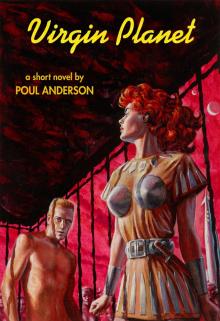 Virgin Planet
Virgin Planet To Build a World
To Build a World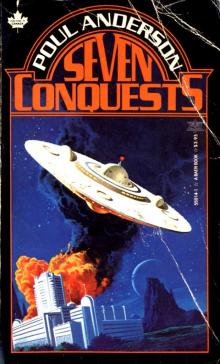 Seven Conquests
Seven Conquests Mayday Orbit
Mayday Orbit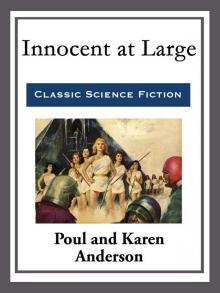 Innocent at Large
Innocent at Large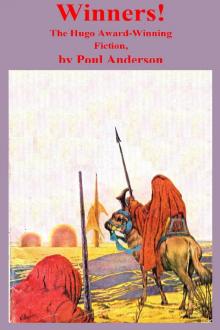 Winners!
Winners! Mother of Kings
Mother of Kings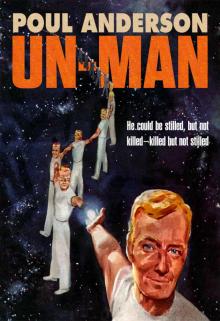 Un-Man
Un-Man War of the Gods
War of the Gods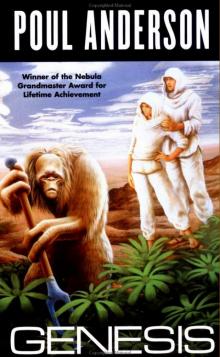 Genesis
Genesis Industrial Revolution
Industrial Revolution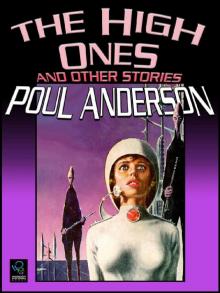 The High Ones and Other Stories
The High Ones and Other Stories The Chapter Ends
The Chapter Ends Flandry of Terra
Flandry of Terra Starfarers
Starfarers A World Named Cleopatra
A World Named Cleopatra Operation Chaos
Operation Chaos![Harvest of Stars - [Harvest of Stars 01] Read online](http://i1.bookreadfree.com/i/03/17/harvest_of_stars_-_harvest_of_stars_01_preview.jpg) Harvest of Stars - [Harvest of Stars 01]
Harvest of Stars - [Harvest of Stars 01]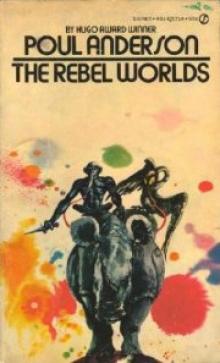 The Rebel Worlds
The Rebel Worlds Poul Anderson's Planet Stories
Poul Anderson's Planet Stories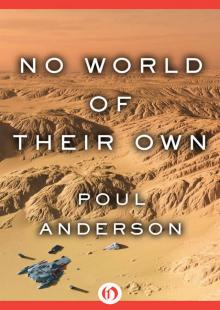 No World of Their Own
No World of Their Own The Merman's Children
The Merman's Children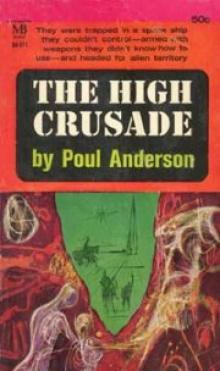 The High Crusade
The High Crusade The Stars Are Also Fire
The Stars Are Also Fire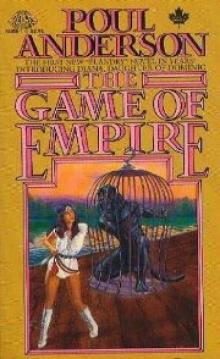 The Game of Empire df-9
The Game of Empire df-9 The Sorrow of Odin the Goth tp-7
The Sorrow of Odin the Goth tp-7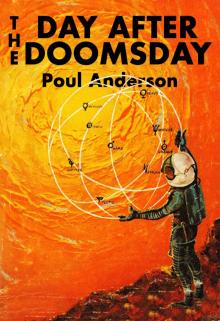 The Day After Doomsday
The Day After Doomsday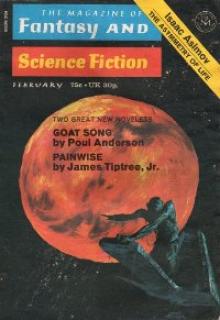 Goat Song
Goat Song The Wing Alak Stories
The Wing Alak Stories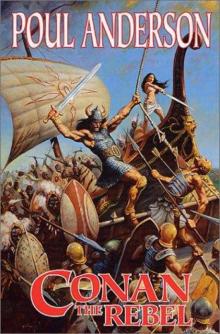 Conan the Rebel
Conan the Rebel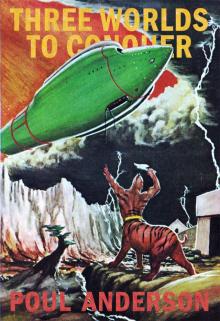 Three Worlds to Conquer
Three Worlds to Conquer Iron mw-1
Iron mw-1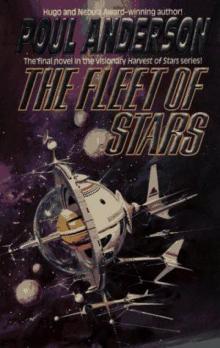 The Fleet of Stars
The Fleet of Stars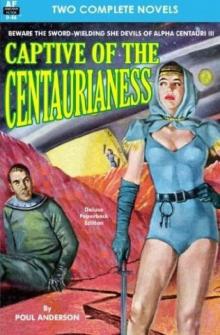 Captive of the Centaurianess
Captive of the Centaurianess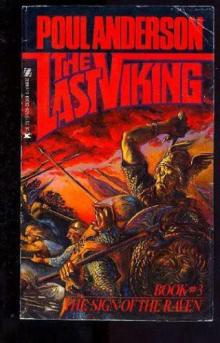 The Sign of the Raven
The Sign of the Raven The Boat of a Million Years
The Boat of a Million Years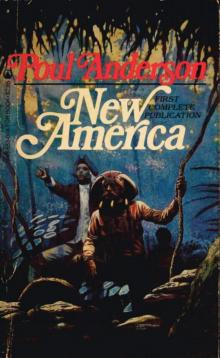 New America
New America Satan's World
Satan's World Gallicenae
Gallicenae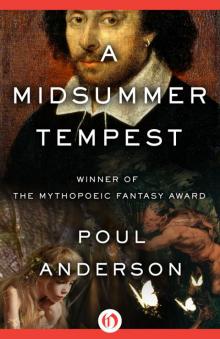 A Midsummer Tempest
A Midsummer Tempest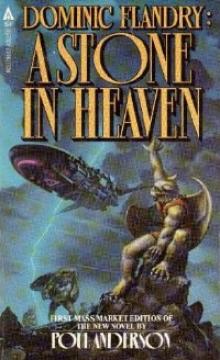 A Stone in Heaven
A Stone in Heaven Orbit Unlimited
Orbit Unlimited The Corkscrew of Space
The Corkscrew of Space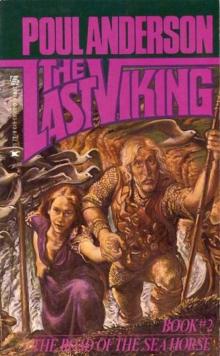 TLV - 02 - The Road of the Sea Horse
TLV - 02 - The Road of the Sea Horse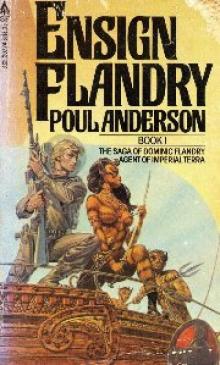 Ensign Flandry df-1
Ensign Flandry df-1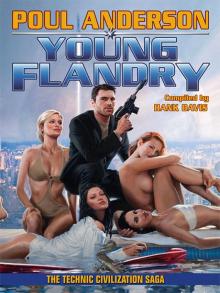 Young Flandry
Young Flandry The Broken Sword
The Broken Sword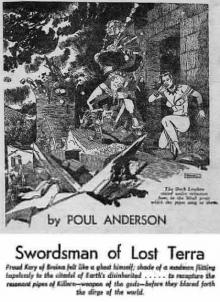 Swordsman of Lost Terra
Swordsman of Lost Terra Orion Shall Rise
Orion Shall Rise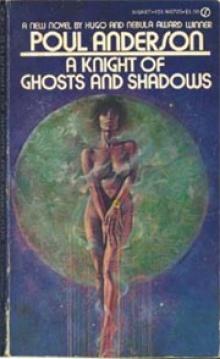 A Knight of Ghosts and Shadows df-7
A Knight of Ghosts and Shadows df-7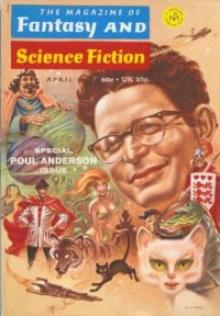 The Queen of Air and Darkness
The Queen of Air and Darkness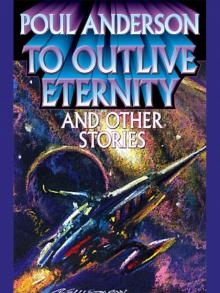 To Outlive Eternity
To Outlive Eternity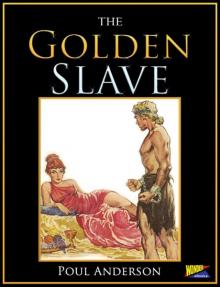 The Golden Slave
The Golden Slave Dahut
Dahut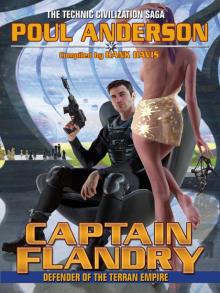 Captain Flandry: Defender of the Terran Empire
Captain Flandry: Defender of the Terran Empire Un-Man and Other Novellas
Un-Man and Other Novellas David Falkayn: Star Trader (Technic Civlization)
David Falkayn: Star Trader (Technic Civlization)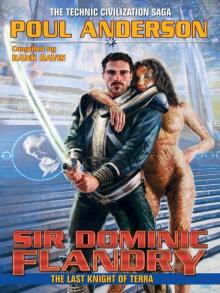 Sir Dominic Flandry: The Last Knight of Terra
Sir Dominic Flandry: The Last Knight of Terra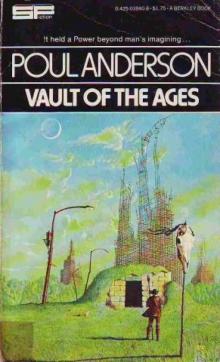 Vault of the Ages
Vault of the Ages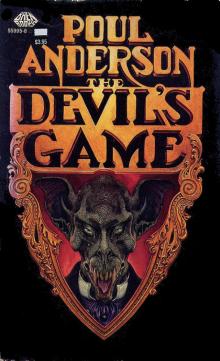 The Devil's Game
The Devil's Game A Stone in Heaven df-12
A Stone in Heaven df-12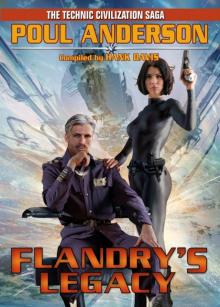 Flandry's Legacy: The Technic Civilization Saga
Flandry's Legacy: The Technic Civilization Saga Harvest the Fire
Harvest the Fire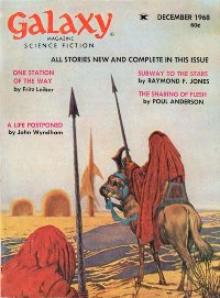 The Sharing of Flesh
The Sharing of Flesh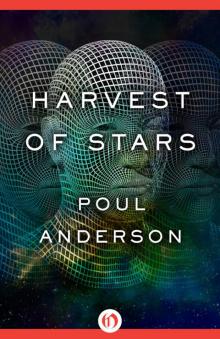 Harvest of Stars
Harvest of Stars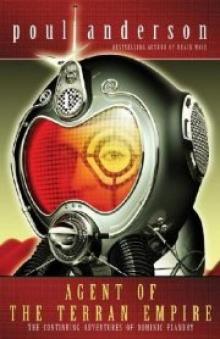 Agent of the Terran Empire
Agent of the Terran Empire World without Stars
World without Stars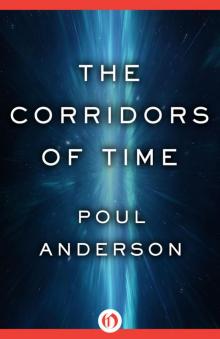 The Corridors of Time
The Corridors of Time Fire Time gh-2
Fire Time gh-2![The Stars are also Fire - [Harvest the Stars 02] Read online](http://i1.bookreadfree.com/i1/04/01/the_stars_are_also_fire_-_harvest_the_stars_02_preview.jpg) The Stars are also Fire - [Harvest the Stars 02]
The Stars are also Fire - [Harvest the Stars 02] We Have Fed Our Sea
We Have Fed Our Sea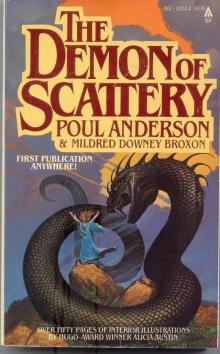 Demon of Scattery
Demon of Scattery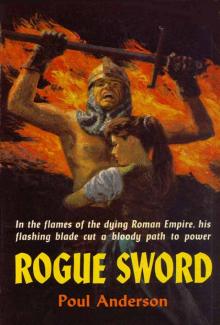 Rogue Sword
Rogue Sword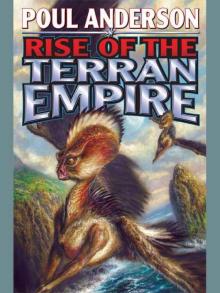 Rise of the Terran Empire
Rise of the Terran Empire The Only Game in Town tp-4
The Only Game in Town tp-4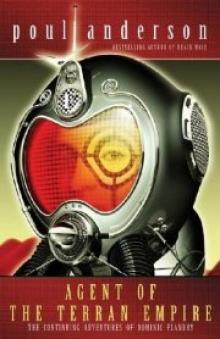 Agent of the Terran Empire df-5
Agent of the Terran Empire df-5 The Day Of Their Return
The Day Of Their Return Brain Wave
Brain Wave The Day of Their Return df-4
The Day of Their Return df-4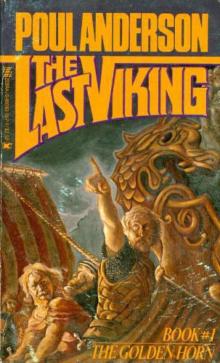 The Golden Horn
The Golden Horn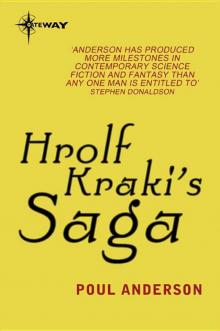 Hrolf Kraki's Saga
Hrolf Kraki's Saga Tau Zero
Tau Zero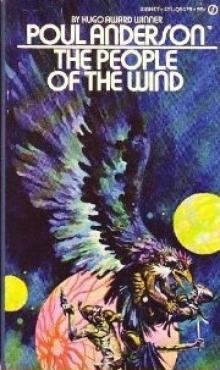 The People of the Wind
The People of the Wind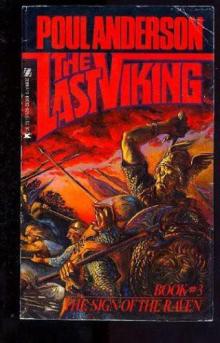 TLV - 03 - The Sign of the Raven
TLV - 03 - The Sign of the Raven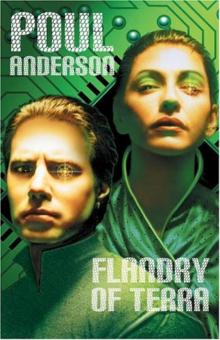 Flandry of Terra df-6
Flandry of Terra df-6 Gibraltar Falls tp-3
Gibraltar Falls tp-3 The Game Of Empire
The Game Of Empire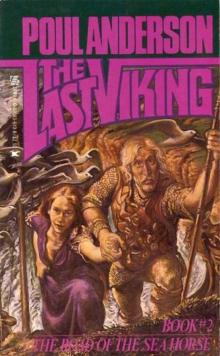 The Road of the Sea Horse
The Road of the Sea Horse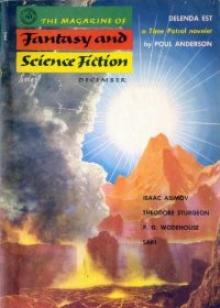 Delenda Est tp-5
Delenda Est tp-5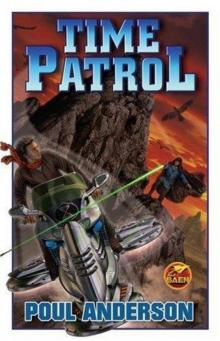 Time Patrol
Time Patrol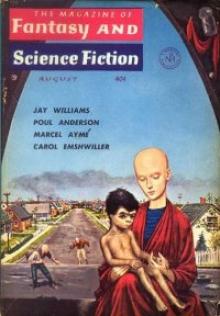 Brave To Be a King tp-2
Brave To Be a King tp-2 The Man Who Counts nvr-1
The Man Who Counts nvr-1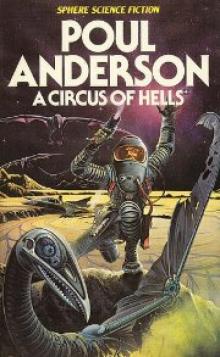 A Circus of Hells df-2
A Circus of Hells df-2 The Rebel Worlds df-3
The Rebel Worlds df-3 The Unicorn Trade
The Unicorn Trade Lord of a Thousand Suns
Lord of a Thousand Suns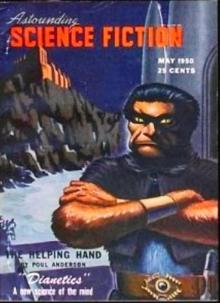 The Helping Hand
The Helping Hand The Shield of Time
The Shield of Time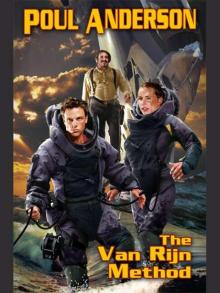 The Van Rijn Method
The Van Rijn Method A Circus of Hells
A Circus of Hells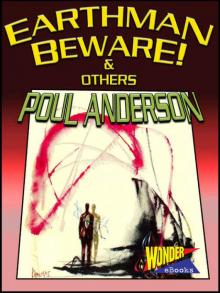 Earthman, Beware! and others
Earthman, Beware! and others Ivory, and Apes, and Peacocks tp-6
Ivory, and Apes, and Peacocks tp-6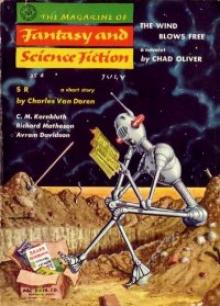 Life Cycle
Life Cycle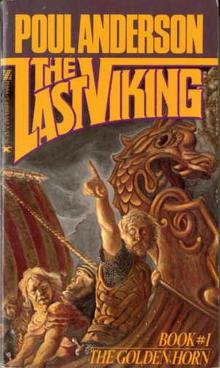 The Last Viking
The Last Viking Roma Mater
Roma Mater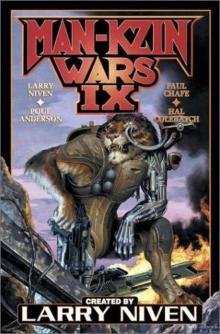 The Man-Kzin Wars 09 mw-9
The Man-Kzin Wars 09 mw-9 For Love and Glory
For Love and Glory Eutopia
Eutopia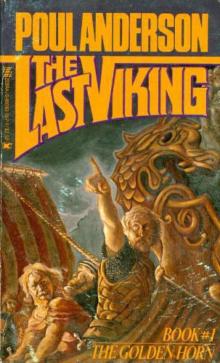 TLV - 01 - The Golden Horn
TLV - 01 - The Golden Horn The Old Phoenix Tavern
The Old Phoenix Tavern The Long Night df-10
The Long Night df-10 The Dog and the Wolf
The Dog and the Wolf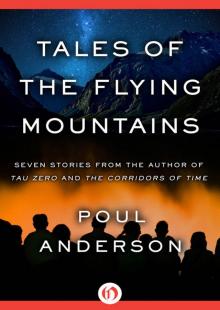 Tales of the Flying Mountains
Tales of the Flying Mountains There Will Be Time
There Will Be Time A Knight of Ghosts and Shadows
A Knight of Ghosts and Shadows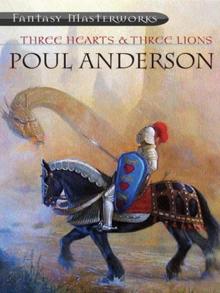 Three Hearts and Three Lions
Three Hearts and Three Lions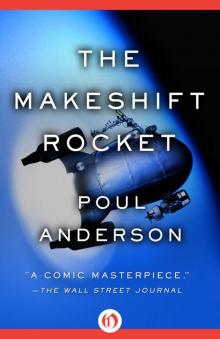 The Makeshift Rocket
The Makeshift Rocket The Dancer from Atlantis
The Dancer from Atlantis Fire Time
Fire Time